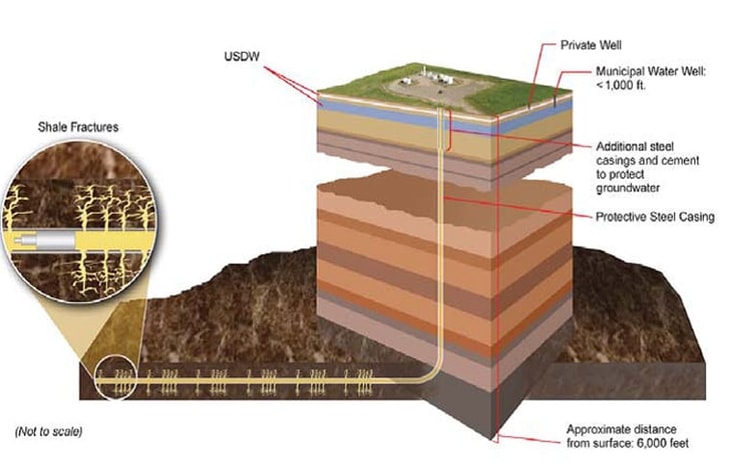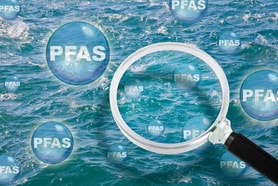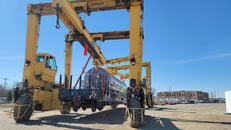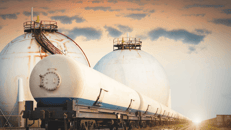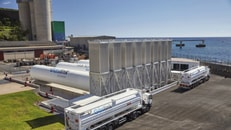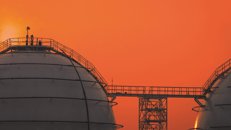The Fracking Fracas
According to recent academic and government agency studies, the United States has at least a 100-year domestic supply of natural gas. Liberating that gas is now economically possible thanks in part to continued developments with hydraulic fracturing, aka, “fracking.” In the fracking process, millions of gallons of water, along with sand and chemicals, are pumped under extreme pressure deep into gas wells to break apart the rock.
The sand or other proppant additive then holds open the newly expanded cracks providing pathways for the gas to exit the formation and flow into the well bore. The latest technological development has been to apply fracking to wells that, after having been drilled vertically, are further drilled horizontally to expose the wellbore to more of the gaseous containing formation. Nine out of ten gas wells in the USA are now “fracked.”
Concerns abound that the fracking processes and the chemicals used in fracking operations may be contaminating underground water supplies, the surface land environment, and/or the air. Other views reason that fracking has been successfully used for years and that risks are few. For the average citizen and for the natural gas industry it is heartening to read the first paragraph on the Environmental Protection Agency’s (EPA) Natural Gas Extraction— Hydraulic Fracturing web page: “Natural gas plays a key role in our nation’s clean energy future. The US has vast reserves of natural gas that are commercially viable as a result of advances in horizontal drilling and hydraulic fracturing technologies enabling greater access to gas in shale formations. Responsible development of America’s shale gas resources offers important economic, energy security, and environmental benefits” (http://www.epa.gov/hydraulicfracture/).
The EPA goes on to state that it “is working with states and other key stakeholders to help ensure that natural gas extraction does not come at the expense of public health and the environment. The Agency’s focus and obligations under the law are to provide oversight, guidance and, where appropriate, rulemaking that achieve the best possible protections for the air, water, and land where Americans live, work, and play. The Agency is investing in improving our scientific understanding of hydraulic fracturing, providing regulatory clarity with respect to existing laws, and using existing authorities where appropriate to enhance health and environmental safeguards.”
... to continue reading you must be subscribed

